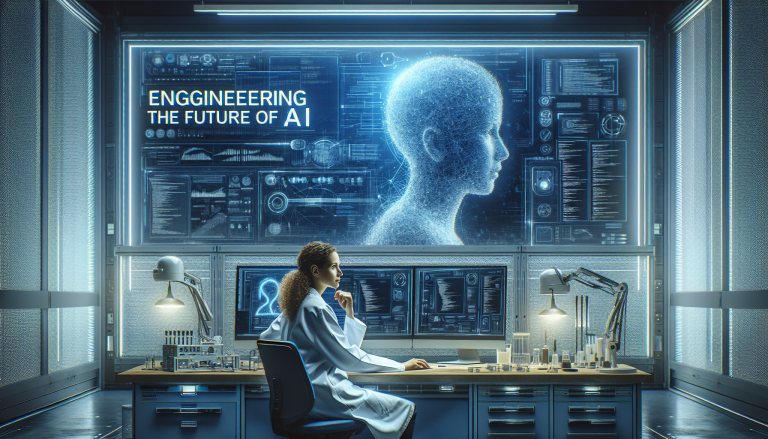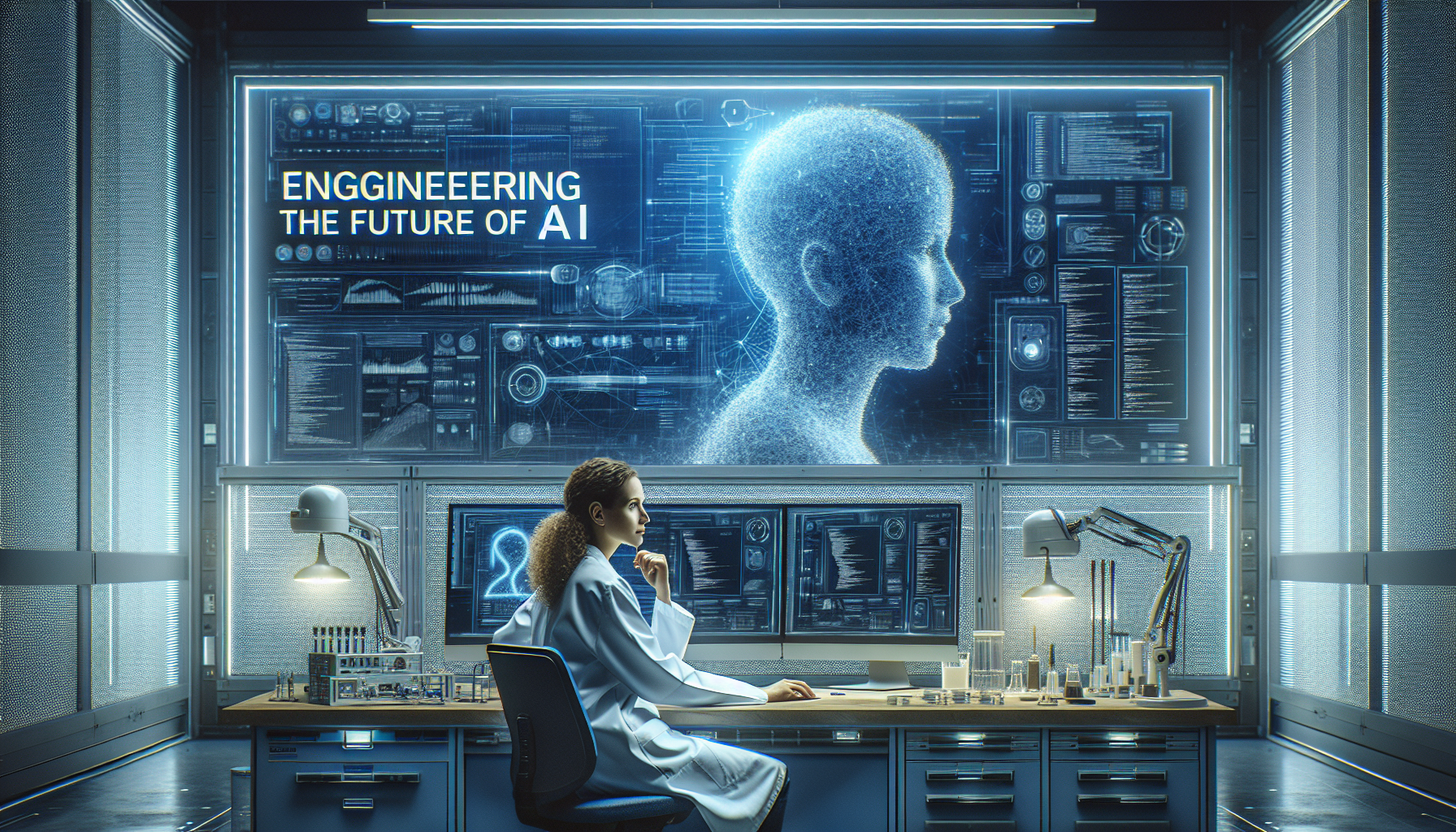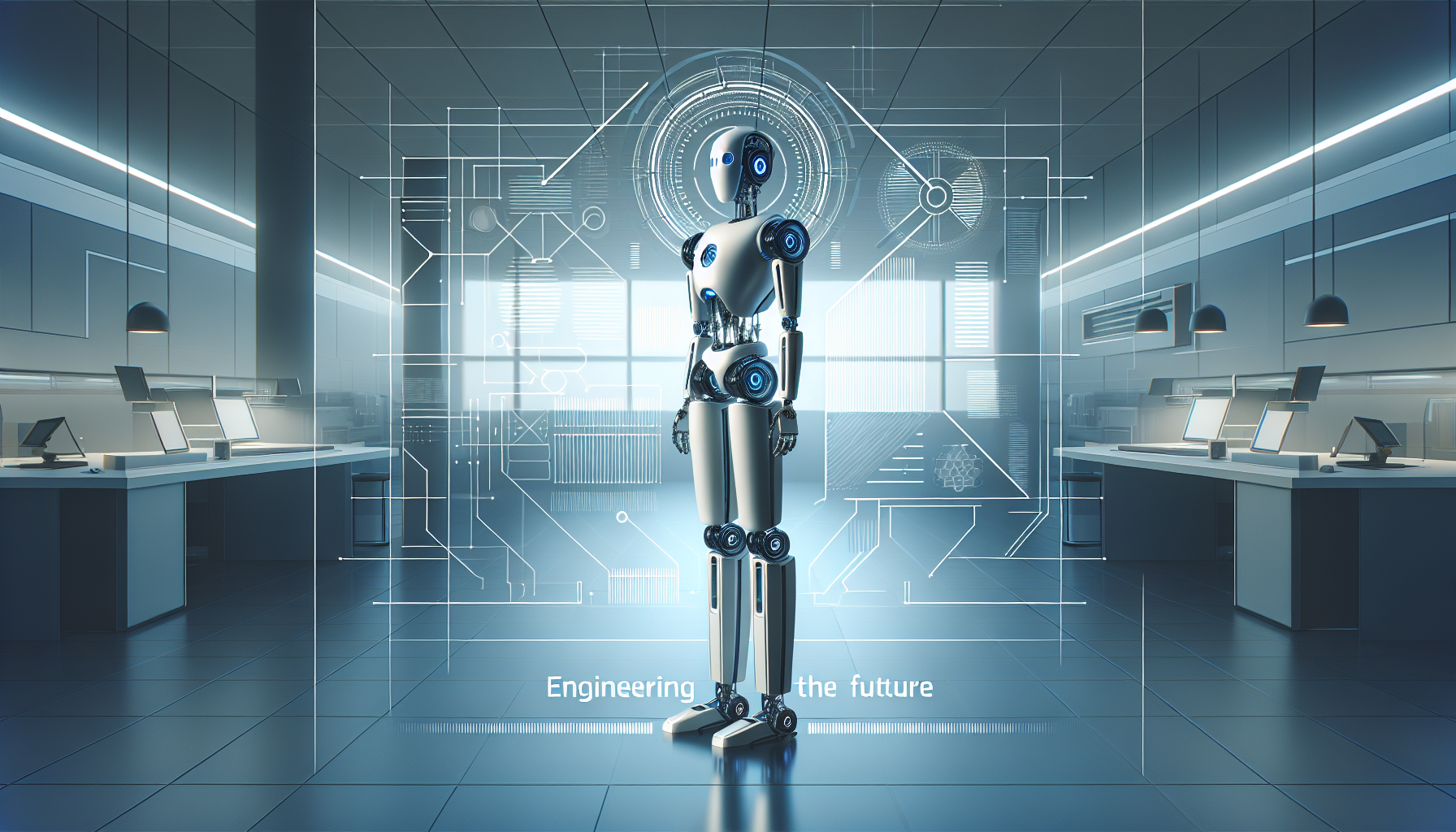**Unlocking AI Success: The Role of Engineering in AI Deployment**
As artificial intelligence (AI) continues to transform industries and revolutionize the way we live and work, the importance of effective AI deployment cannot be overstated. While AI solutions offer unparalleled benefits, their successful implementation relies heavily on the expertise of engineers who can bridge the gap between technical complexity and practical application. In this article, we will delve into the critical role of engineering in AI deployment success, exploring the key challenges, technical frameworks, and best practices that can help organizations unlock the full potential of AI.
**The AI Implementation Landscape**
Before we dive into the specifics of engineering’s role in AI deployment, it’s essential to understand the current AI implementation landscape. According to a recent survey, 80% of organizations have already implemented AI solutions, with 60% planning to expand their AI initiatives in the next two years. However, despite the growing adoption of AI, many organizations struggle to achieve successful deployment, citing technical challenges, lack of expertise, and inadequate infrastructure as major roadblocks.
**The Engineering Imperative**
So, what can engineers do to help organizations overcome these challenges and achieve AI deployment success? The answer lies in a combination of technical expertise, imaginative problem-solving, and a user-focused approach. Engineers must be able to translate abstract AI concepts into practical, user-friendly applications that deliver real-world results.
**Technical Frameworks for AI Deployment**
Several technical frameworks can help engineers design and deploy AI solutions that meet the needs of organizations. These include:
| Framework | Description |

| — | — |
| Machine Learning (ML) | A subset of AI that enables systems to learn from data and improve their performance over time. |
| Deep Learning (DL) | A type of ML that uses neural networks to analyze and interpret complex data. |
| Natural Language Processing (NLP) | A field of AI that focuses on the interaction between computers and humans in natural language. |
| Computer Vision | A field of AI that enables systems to interpret and understand visual data from images and videos. |
**Best Practices for AI Deployment**
While technical frameworks provide the foundation for AI deployment, best practices are essential for ensuring successful implementation. These include:
| Best Practice | Description |
| — | — |
| Data Quality | Ensuring that data is accurate, complete, and relevant to the AI solution. |
| Model Validation | Verifying that the AI model is accurate and reliable before deployment. |
| Continuous Monitoring | Regularly monitoring the performance of the AI solution to ensure it remains effective and efficient. |
| User Feedback | Encouraging user feedback to improve the AI solution and ensure it meets user needs. |
**Overcoming Technical Challenges**
Despite the best efforts of engineers, technical challenges can still arise during AI deployment. These challenges can be overcome by:
| Challenge | Solution |
| — | — |
| Data Quality Issues | Implementing data validation and cleaning processes to ensure data accuracy. |
| Model Drift | Regularly retraining the AI model to ensure it remains accurate and effective. |
| Scalability Issues | Implementing scalable infrastructure to support the growth of the AI solution. |
**Creative Applications of AI**
While AI solutions offer numerous benefits, they can also be used in creative and innovative ways to solve complex problems. For example:
* AI-powered robots can be used to assist in search and rescue operations, helping to locate and retrieve people trapped in disaster scenarios.
* AI-driven chatbots can be used to provide customer support, helping to improve customer satisfaction and reduce support costs.
* AI-powered predictive analytics can be used to identify potential health risks, enabling early intervention and improved health outcomes.
**Integrating AI into Legacy Systems**
As AI solutions become increasingly prevalent, organizations must consider how to integrate them into existing legacy systems. This requires a careful approach, taking into account the technical, operational, and financial implications of AI deployment.
| Consideration | Description |
| — | — |
| Technical Integration | Ensuring that the AI solution is compatible with existing systems and infrastructure. |
| Operational Integration | Ensuring that the AI solution is integrated into existing workflows and processes. |
| Financial Integration | Ensuring that the AI solution is aligned with existing budget and resource constraints. |
**Conclusion**
In conclusion, the role of engineering in AI deployment success cannot be overstated. By combining technical expertise, imaginative problem-solving, and a user-focused approach, engineers can help organizations unlock the full potential of AI. By understanding the technical frameworks, best practices, and creative applications of AI, engineers can design and deploy AI solutions that meet the needs of organizations and deliver real-world results.
**Summary of Main Takeaways**
* Engineering plays a critical role in AI deployment success, requiring technical expertise, imaginative problem-solving, and a user-focused approach.
* Technical frameworks, such as machine learning, deep learning, and natural language processing, provide the foundation for AI deployment.
* Best practices, such as data quality, model validation, and continuous monitoring, are essential for ensuring successful implementation.
* Creative applications of AI can be used to solve complex problems and improve outcomes.
* Integrating AI into legacy systems requires a careful approach, taking into account technical, operational, and financial implications.
**Recommendations for Implementation**
* Develop a clear understanding of the technical frameworks and best practices required for AI deployment.
* Invest in training and development programs to ensure that engineers have the necessary skills and expertise.
* Encourage a user-focused approach to AI deployment, ensuring that solutions meet the needs of end-users.
* Continuously monitor and evaluate the performance of AI solutions, making adjustments as needed.
* Explore creative applications of AI to solve complex problems and improve outcomes.



